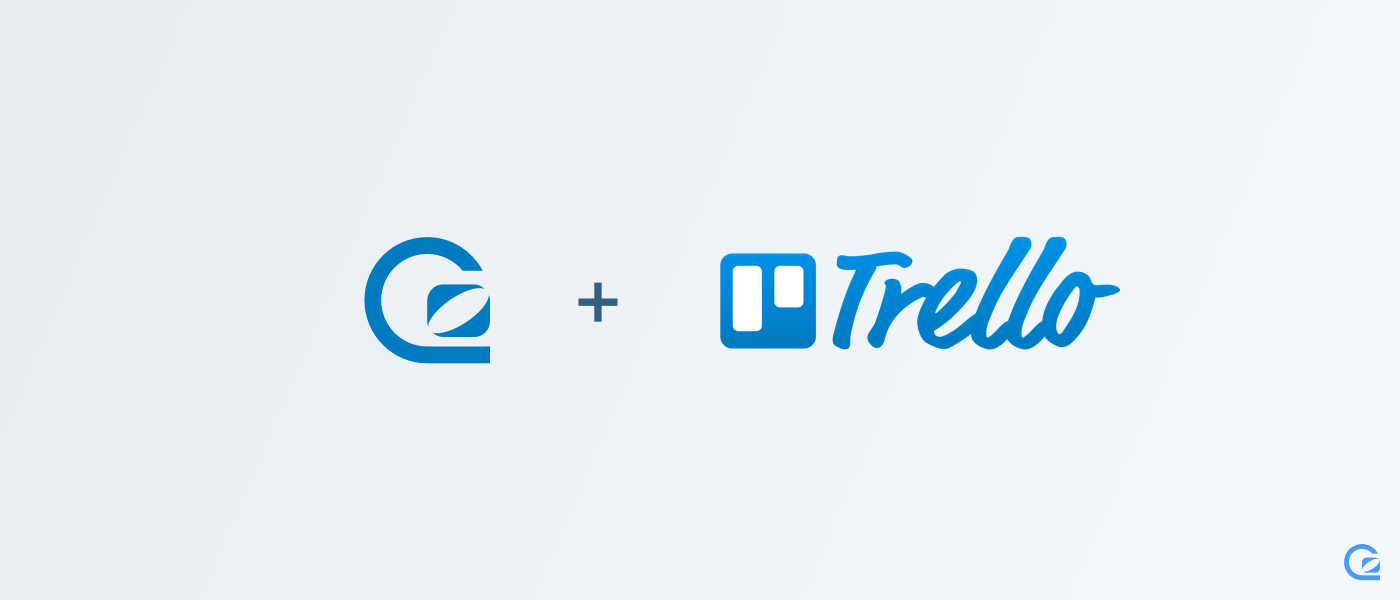
This month, we picked a theme for the first time: growth. We had a little brainstorm to kick things off, and worked in pairs to come up with ideas we could hack up to help us grow in under 24 hours.
Automatic Lead Qualification

This hack day Russell created a web service that receives a GoSquared webhook to qualify new users.
The service, built using a lightweight Rails API framework, automatically qualifies a new user’s website, identifies which relevant tools they are currently using and recommends which GoSquared features are a suitable fit for their site/app. It then posts a notification to slack channel and adds a custom property to that user in GoSquared.
Having this information on hand allows us to effectively reach out to users, more informed about what their current set up is and what GoSquared features can offer the most value. By adding a custom property to that user in GoSquared People, we can use smart groups to improve how we cater our email automation to them and communicate the content that that they would see the most value in.
It offers a significant improvement to our sales workflow and it also helps us to make sure we are communicating the right message to the right people.
Clearbit data analysis of customer base

Everyone on the team here believes it’s vital for us to deeply understand our customers. GoSquared itself enriches user profiles in People Analytics to show you who your users are. We find this data indispensable on a day-to-day basis. So we decided to see what we could learn from detailed company data provided by Clearbit.
Hugh and Geoff set about the process of compiling a list of customers using GoSquared, and running them through the Clearbit company lookup service. With the resulting data, they sought to answer the following key questions:
- What are the industries and sectors amongst our paying customers?
- Which sectors have the most customers?
- Which sectors account for the most value?
- What is the breakdown of company size (employees)?
The method of analysis was nothing groundbreaking. Simply loading the Clearbit results into Google Sheets and setting pivot tables and graphs was enough to provide these results.
In addition to the reports, there’s also a wealth of qualitative data that’s useful in Sales / Marketing / Product scenarios, such as company description, location, founder info and social profiles.
Something we found particularly interesting was the “Company Tech” results. This is a list of tools and services the company uses. For example it can tell you if Amazon Web Services powers their infrastructure, and what advertising / analytics services are in place on their website. As such we can gauge how teams are using GoSquared alongside other tools and services.
Overall, we saw that we can learn a lot about companies and their needs with detailed company information at hand. It’s an important reference point that helps us be clear on how our product and direction can best serve our customers.
Inbox → Trello feature request logging

The Growth team often get feature requests from our customers via Live Chat, and Trello is a great place to record them — but Brennan was itching for a better, less manual, way of getting the requests onto our ‘Features’ board. He and Leo decided to take this on for hackday. Brennan specced out the feature, deciding that a slash command, in the style of Slack, seemed like the natural way to implement this, without having to create lots of custom UI.
Ben had previously created a generic auto-completion list, that pops up upon typing / in the message composer, which Leo was able to build upon, hooking up to the Trello API to pull down a list of our existing feature requests. Running the slash command then creates notes both the the Live Chat conversation, and on the Trello card — each linking to the other. That way, the Growth team have a handy list of customers to contact once we’ve implement something new and shiny.
Templating for our Weekly Newsletter

If you’re a subscriber to our newsletter, then GoSquared Weekly has probably become a fixture of your Friday mornings. And if you’re not, then you should subscribe right now for a weekly fix of helpful insights to grow your business.
What you might not know, however, is that the process of researching, compiling, and composing each issue of Weekly – finding useful articles, collating links, writing a summary for each, creating all the necessary images, optimising and uploading everything, putting all the content into an HTML template in Mailchimp, and sending it out to the whole mailing list – is almost entirely manual, and almost entirely handled by James (our Glorious Leader). This can often take quite
a lot of time.
In true developer fashion, JT decided to see how much of the process could be automated or templated away – after all, there’s a lot that is the same from week to week. So he set about building a small webapp to handle generating the HTML content for the email from some templates.
In the end, most of the time ended up being spent trying to get EJS and Juice to work in a browser environment, with the final result of hack day being a simple templater that can handle adding and removing individual sections, along with their titles, descriptions and links.
More ambitious future plans include assisted generation, cropping, optimising, and uploading of the images for each section. Sadly this proved a little too optimistic to achieve in a single hack day.

